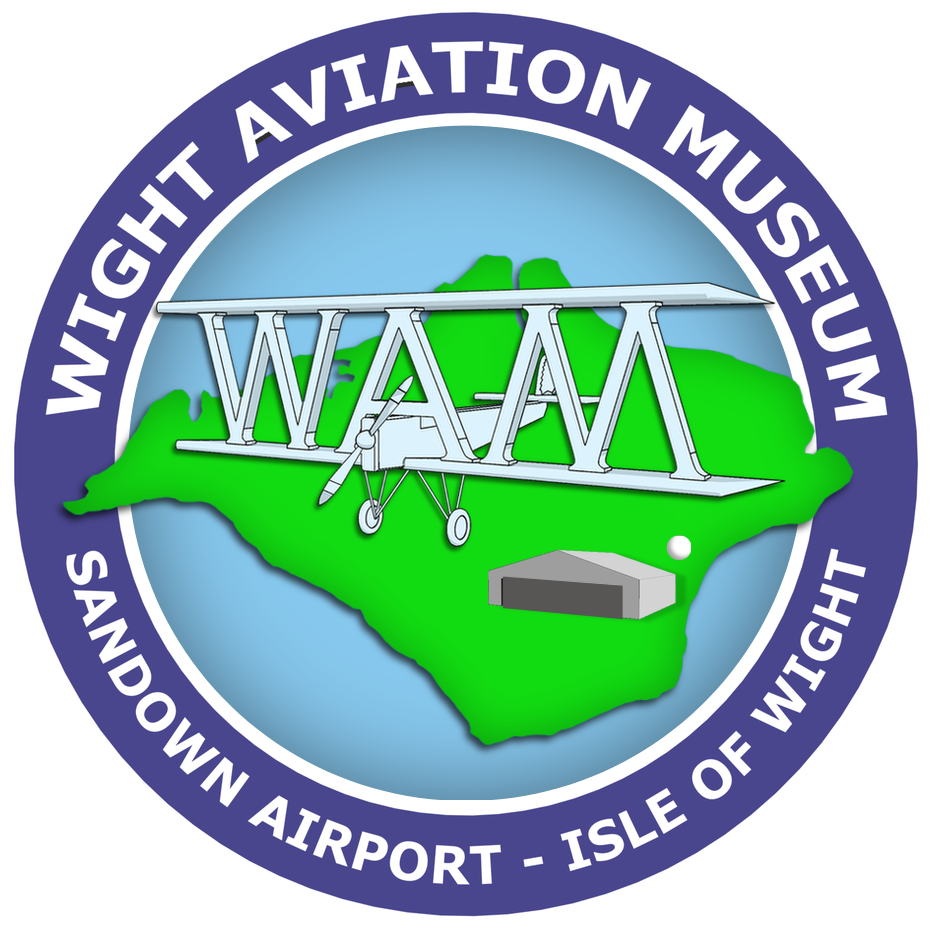The Saunders-Roe SR.45 Flying Boat
The Saunders-Roe SR.45 Princess was a British flying boat aircraft developed and built by Saunders-Roe at their Cowes facility on the Isle of Wight. It has the distinction of being the largest all-metal flying boat to have ever been constructed.
The Princess had been developed to serve as a larger and more luxurious successor to the pre-war commercial flying boats, such as the Short Empire. It was intended to serve the transatlantic route, carrying up to 100 passengers between Southampton, United Kingdom and New York City, United States in spacious and comfortable conditions.
To achieve this, it was decided early on to make use of newly developed turboprop technology, opting for the in-developed Bristol Proteus engine to power the aircraft. The project suffered delays due to difficulties encountered in the development of the Proteus engine.
Maiden Flight..
On 22 August 1952, the first prototype Princess, G-ALUN, conducted its maiden flight. Between 1952 and 1954, the first prototype performed a total of 47 test flights, including two public appearances at the Farnborough Airshow.
This work was carried out under a development contract for the Ministry of Supply, the intention being that this would lead to a contract for the aircraft from British flag carrier British Overseas Airways Corporation (BOAC).
Although the initial development contract had been successfully met, BOAC eventually decided to focus on its land-based routes using the jet-powered De Havilland Comet instead. The era of the large flying boat had effectively ended prior to the aircraft’s completion.
Work on the Princess was ultimately cancelled after having produced three examples, only one of which flew. By the mid-1950s, large commercial flying boats were being increasingly overshadowed by land-based jet airliners. Factors such as runway and airport improvements had added to the viability of land-based aircraft, which did not have to compromise to accommodate the additional weight and drag of the boat hulls that were necessary on seaplanes, or the mitigating measures needed against the corrosion caused by seawater.
End of an era..
Following the project’s termination, the three airframes were stored with the intention of selling them on; however, upon receipt of a promising offer for the aircraft, it was found that corrosion had set in while in storage. As a result, all three aircraft prototypes were subsequently scrapped.
General characteristics:
- Crew:2 pilots, 2 flight engineers, radio operator and navigator
- Capacity:105 passengers in tourist and first class cabins / 137,000 lb (62,142.2 kg) disposable load
- Length:148ft (45m)
- Wingspan:219ft 6 in (66.90 m) with wingtip floats retracted. 209 ft 6 in (63.86 m) floats extended.
- Height: 55 ft 9 in (16.99 m)
- Wing area: 5,019 sq ft (466.3 m2)
- Empty weight: 190,000 lb (86,183 kg)
- Gross weight: 330,000 lb (149,685 kg)
- Max takeoff weight: 345,025 lb (156,501 kg)
- Fuel capacity: 14,000 imp gallons in four integral inner wing tanks.
- Powerplant: 4 × Bristol Coupled-Proteus 610 turboprop, 5,000 hp (3,700 kW) each + 1,660 lbf (7.38 kN) residual thrust at 10,000 rpm at sea level.
- Powerplant: 2 × Bristol Proteus 620 Turboprop engines, 2,500 hp (1,900 kW) each + 820 lbf (3.65 kN) residual thrust at 10,000 rpm
- Propellers: 4-bladed de Havilland constant speed, quick-feathering Duralumin propellers. 16 ft 6 in (5.03 m) diameter
Performance:
- Maximum speed: 380 mph (610 km/h, 330 kn) at 37,000 ft (11,000 m)
- Cruise speed: 360 mph (580 km/h, 310 kn) at 32,500 ft (9,900 m)
- Stall speed: 113 mph (181 km/h, 98 kn) flaps and floats down
- Range: 5,720 mi (9,210 km, 4,970 nmi)
- Endurance: 15 hours
- Service ceiling: 39,000 ft (12,000 m) absolute
- Rate of climb: 1,900 ft/min (9.7 m/s) at 184 mph (296 km/h; 160 kn) at sea level
